Low Stress Training (LST) Autoflowering Guide
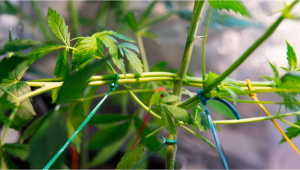
- 1. What does l.s.t mean?
- 2. Controlling apical dominance
- 2. a. Disrupting apical dominance
- 3. How is low stress training done?
- 3. a. What to consider
- 4. Choosing the right cultivar
- 5. Top tips on low stress training autoflowering plants
- 6. Can you top autoflowers?
- 7. In conclusion
Applying plant training techniques at the right times, with the right cultivar can really increase the size of the canopy, the growth structure and overall yield. But what does training a plant actually entail? The practice as a whole sometimes seems odd to beginner growers. They sometimes wonder why bother training a plant. Surely they know how to grow themselves and should be left to their own devices? Surely nature knows better than us? While cannabis plants do just fine with minimal intervention, applying training techniques comes with many benefits that make them a worthwhile skill to master. There are many different training techniques to choose from.
Among them, low-stress training produces amazing results without taking too much of a toll on plants. This technique involves gently tying down the growing tip of a cannabis plant. This act causes the side branches to grow upwards and create a uniform canopy. Although simple, this method helps to boost aeration around developing flowers, expose buds to an equal amount of light exposure, and boost yields. In this article we explain low-stress training, how it is performed, the benefits associated, and our top tips for L.S.T.
1. What Does L.S.T Mean?
Referring to a method of training Cannabis plants that causes very little stress, and allows a grower to manipulate the shape of their canopy at will. Low-stress training is a very simple technique that has many benefits and can be performed multiple times if necessary. Unlike super-cropping or topping which are classed as high-stress techniques, L.S.T is an inexpensive and excellent way for beginner growers to become more hands-on with their plants, reducing plant height and increasing production. High-stress training techniques are highly effective and offer great results in the correct context.
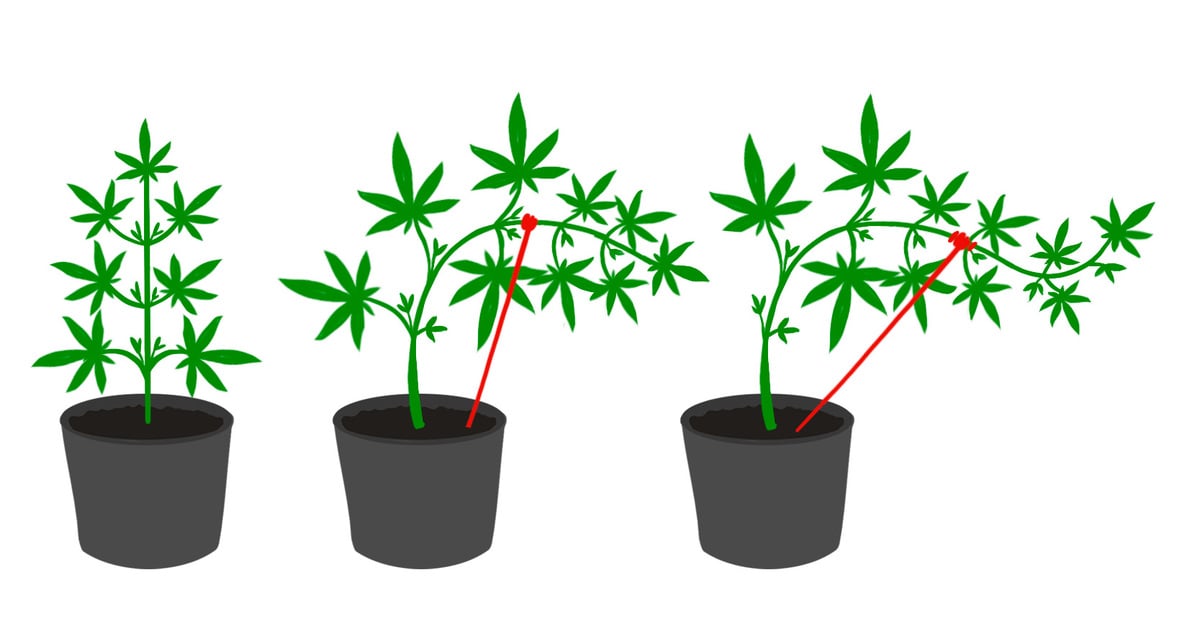
However, they are rather brutal. Some of these methods involve crushing branches, snipping stems, and removing branches entirely. As you can probably guess, this inflicts a lot of stress on plants, which temporarily places them into a period of stress defined by slowed reduced growth.
Because indoor photoperiod plants remain in an indefinite state of vegetative growth until exposed to a reduced light cycle, they have more than enough time to fully recover before entering the flowering phase, meaning yields are unaffected. However, autos race from seed to harvest in a much smaller window of time and begin to flower based on an internal genetic clock, not an external change in the light schedule. Therefore, high-stress training techniques leave these varieties very little time to recover and increase the odds of reduced yields. Put simply, low-stress training techniques are much more suitable for autoflowers.
2. Controlling Apical Dominance
Cannabis plants naturally grow with apical dominance, meaning they will always produce one central cola with side branches. Some growers highly value the trait of apical dominance. They much prefer to let their plants grow into their natural state and develop a massive central cola flanked by smaller buds. While this looks great, these big buds are more prone to mold because they are so large and dense. Because novice growers are less likely to maintain the ideal environmental parameters required to avoid high humidity during the flowering phase, LST can actually help them avoid moldy buds by growing many uniform flowers instead of one large central cola.
By applying L.S.T to Cannabis plants, the production of the growth hormone Auxin is cut short, allowing the growth energy to be converted into a lateral growth. This is particularly convenient when attempting to control the final height, for those who are limited with growing space, prefer a low-profile plant for decoration purposes, or plan to grow in a Sea of Green scenario.
Disrupting Apical Dominance
- Growth hormone Auxin is responsible for the vertical growth of plants.
- Tying down autoflowering plants controls the final height and structure.
- The side branches will be encouraged to grow alongside the main crown shoots.
- Plants will develop a bushy and wide profile once L.S.T is performed.
3. How Is Low Stress Training Done?
The principle behind L.S.T is to take the tallest point of your autoflowering plant and bend it down to a height in the canopy that is in line with the side branches. The technique only needs to be performed once to completely disrupt the vertically dominant growth structure and will reduce the height of the cultivar as flowering commences.
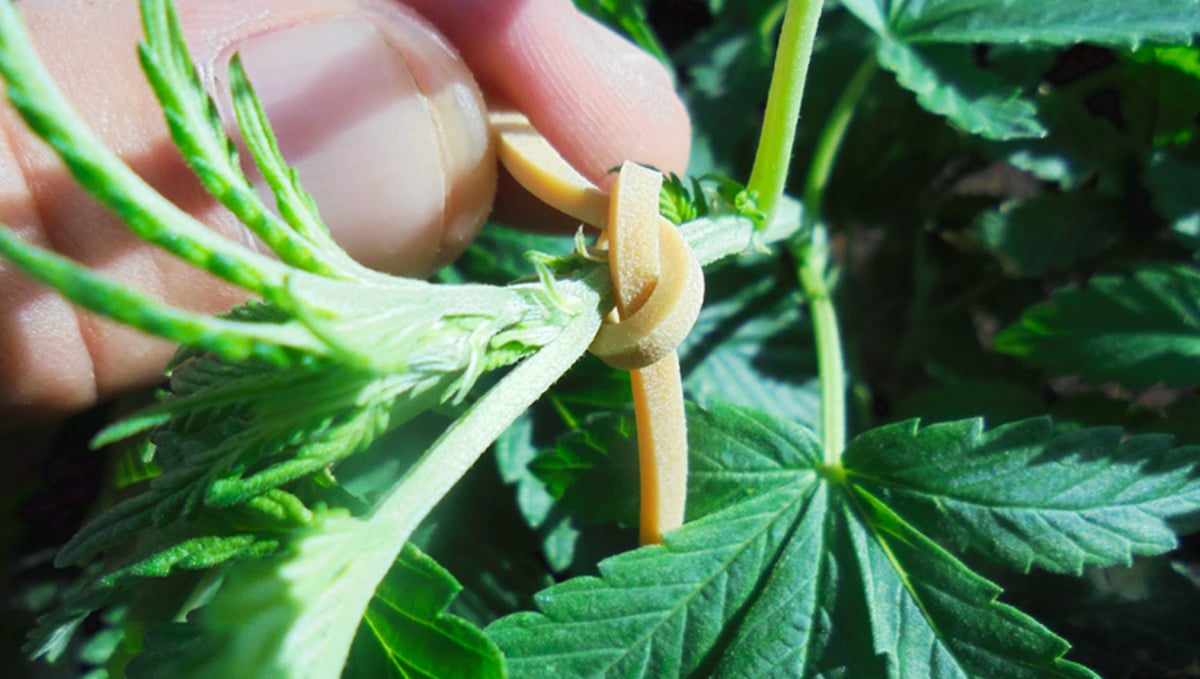
What To Consider
- The technique only needs to be applied once to be performed successfully.
- Using twine or thin metal wire works best and can be removed in an emergency.
- Different cultivars will be more adapted to low-stress training than others.
- L.S.T should be applied during the first 3-4 weeks of an autoflowering plant’s life cycle.
4. Choosing The Right Cultivar
When it comes to low stress training and canopy manipulation, there will be some autoflowering cultivars that are more responsive than others. Hybrid and Sativa-dominant cultivars that can grow as tall as 150cm are the best candidates for tying down, like Orange Sherbet Auto. A tall growing, Sativa-dominant, terpene powerhouse testing up to 24% THC that produces an extremely big yield under LST training. However, it does not mean that short and stocky Indica-dominant varieties won’t benefit from receiving more direct light. Take Z Auto, for example, her rapid flowering time, huge yields, and a complex terp profile make Z Auto a must-have. This Indica-dominant will give you extra large yield and frosty purple nugs with proper L.S.T. training.
In the same way, topping certain autoflowering cultivars can affect the growth structure and final height of some strains in a negative sense, knowing which strains work best with L.S.T will save you time, space, and increase yields. Purple Lemonade is definitely one of the strains, that is just made for low-stress training.
5. Top Tips On Low Stress Training Autoflowering Plants
1. Always do your research and see which strains the seed banks recommend for Sea of Green, SCROG, and L.S.T. This will give you the upper hand and allow you to control your plant height and growth structure with the intended results.
2. When using string to tie plants, it is best to use a thick twine that is not able to slice through the stem as it grows. You will also want to make sure in the event of an emergency, you can easily cut the twine away and easily remove it.

3. L.S.T only needs to be performed once during the first 4 weeks to obtain the desired outcome. It is possible to tie to all of the side branches with some cultivars, allowing for a very bushy and dense-growing autoflower.
4. Tying autoflowering plants down too late into flowers can have negative effects. Unless you are purposely growing your plants as low as possible due to stealth reasons outdoors, then we do not advise flowering plants with such a short height.
5. Have a play with tying down one plant and leaving another to grow normally, so you can see how the plants change in structure. You will notice how the yield and amount of top buds are far superior on the plant that was tied down.
6. Can You Top Autoflowers?
As you may know, topping a cannabis plant consists of removing the top growth tip. This technique basically consists of mutilating your plant, which is why it’s known as HST (aka high-stress training). For autoflower growers, it’s highly important to note that it’s a high-stress training technique and autoflowers have a limited life cycle, so it’s essential you do it correctly because any form of stress (including topping) can slow down growth for a week or more until your plant can recover and continue growing normally.
Now, this is not a worry with photoperiodic cannabis seeds as you can control a photo’s vegetative and flowering stage, allowing them to remain in the vegetative stage indefinitely until they recover. And you can also top your photos more than once to encourage side branching.
On the other hand, autoflowering cannabis plants can be topped but depending on how healthy your plant is, the stress caused by topping could stunt it or slow down growth for several days and some autoflowers take as little as 8 weeks from seed to harvest, so yes, you can top your plants but it can end up causing the opposite effect and stunt your plants, resulting in a smaller harvest so make sure to only top your plants if they’re 100% healthy!
Expert Opinion by Jorge Cervantes - co-author
Low Stress Training (LST) for autoflowering cannabis plants is a fascinating and highly effective cultivation technique that I've always found intriguing. As a seasoned cultivator and author, I've seen how LST can transform the growth structure and yield of autoflowers, making it an essential skill for any grower. This article, co-authored with Enzo Schillaci, provides an in-depth look at LST and its benefits for autoflowering strains. The key to successful LST is the gentle manipulation of the plant's structure, encouraging a more horizontal growth pattern for better light penetration and air circulation. This technique is particularly beneficial for autoflowers with shorter growth cycles and can significantly benefit from improved environmental conditions.
One of the most essential aspects of LST is timing. Applying LST at the right growth stage is crucial for maximizing its benefits without causing undue stress to the plant. The article offers valuable insights into the optimal timing for LST and how to implement this technique effectively for the best results. In conclusion, mastering LST for autoflowering cannabis is a rewarding endeavor that can significantly enhance the quality and quantity of your harvest. This guide provides a comprehensive roadmap for growers to navigate the LST process, ensuring a successful and bountiful cultivation experience. Remember, each plant is unique, and adapting your approach to suit its specific needs is vital to unlocking its full potential.
7. In Conclusion
Low stress training is an easy to perform, inexpensive way to stop apical dominance encouraging the plant to grow with a stocky and bushy characteristic. Not every strain will react as well as others, however, if you do find the perfect cultivar, alongside other training techniques such as SCROG and pruning, it is possible to achieve enormous harvests. Good luck practicing L.S.T on your autos and reaping the rewards.








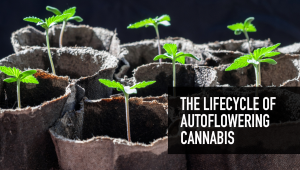
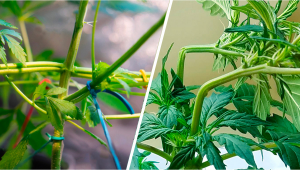

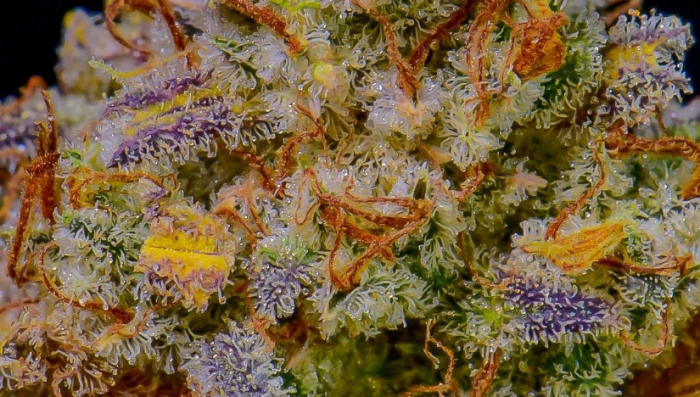
Comments